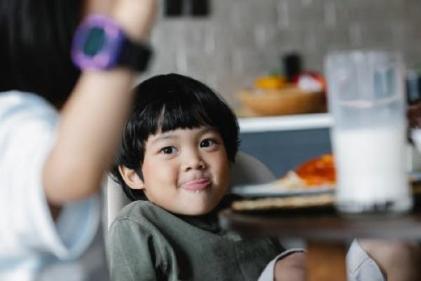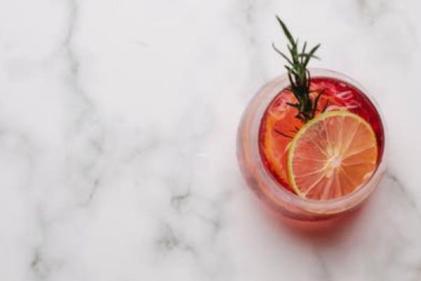The severity of a burn is determined by a healthcare professional based on how badly the skin is damaged. There are four main types of burns:
· Superficial epidermal (first-degree) burns
· Superficial dermal (second-degree) burns
· Deep dermal or partial thickness (second-degree) burns, and
· Full thickness (third-degree) burns
Superficial Epidermal (First-Degree) Burns
Superficial epidermal burns occur when the epidermis is damaged. Your skin will be red, slightly swollen and painful but not blistered.
Superficial Dermal (Second-Degree) Burns
Superficial dermal burns occur when the epidermis and part of the dermis are damaged. Your skin will be pale pink, painful and there may be small blisters.
Deep Dermal Or Partial Thickness (Second-Degree) Burns
Deep dermal or partial thickness burns occur when the epidermis and the dermis are damaged. This type of burn makes your skin turn red and blotchy. The skin may also be dry or moist, become swollen and blistered, and it may be very painful or painless.
Full Thickness (Third-Degree) Burns
Full thickness burns occur when all three layers of skin (the epidermis, dermis and subcutis) are damaged. With this kind of burn, the skin is often burnt away and the tissue underneath may appear pale or blackened. The remaining skin will be dry and white, brown or black with no blisters. The texture of the skin may also be leathery or waxy.







